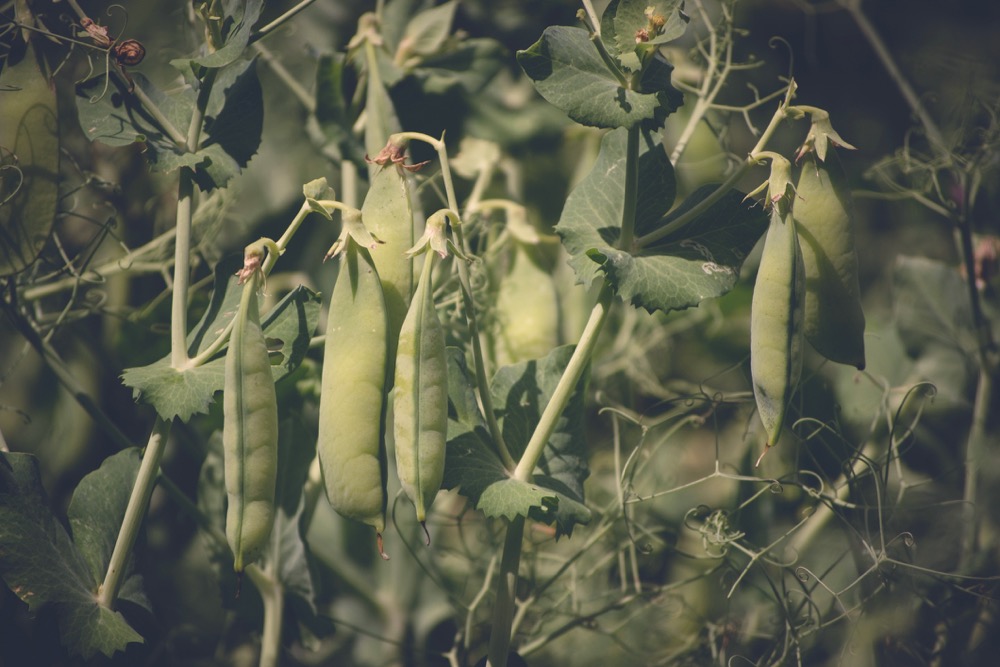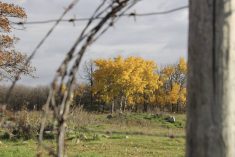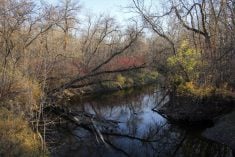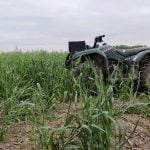MarketsFarm – Little progress was made in planting whatever acres remained in Manitoba as extreme weather made its way through the province for the week ended June 26.
Provincial seeding progress sat at 93 per cent at a time of year when plantings would be complete, according to the Manitoba Crop Report released on June 27. The Interlake and Northwest regions are the furthest behind in planting at 87 and 89 per cent, respectively.
In the Southwest and Northwest regions, severe weather and heavy rains damaged crops, including baseball-sized hail near the communities of Binscarth and Russell in the Northwest. While more acres were planted in Manitoba during the week, mostly in the Southwest, there still remained 700,000 unplanted acres due to wet soil with the majority located in the northern Interlake.
Read Also

Pulse Weekly: Yields coming into focus
Provincial agricultural departments are reporting pulse yields higher than Statistics Canada’s September estimates.
Constant rainfall and warm soils have caused widespread losses in nitrogen fertilizer through leaching or denitrification. A major symptom of nitrogen deficiency is chlorotic (yellowed) leaf margins. However, falling nitrogen prices may encourage in-crop top-dressing.
Another problem for growers is a short supply of both glufosinate (Liberty) herbicide and short-season crop seed. While spraying progress has advanced greatly despite adverse weather conditions, flea beetles are already widespread in canola fields and humid and warm conditions have become ideal for fusarium and sclerotinia (white mould).
Spring wheat crops have received their first herbicide pass of the season and stem elongation has begun. Fall rye is in the grain-fill stage, while barley and oat crops are at the four- to six-leaf stage. However, grasshopper nymph feeding damage has been identified in cereal crops located in the Southwest, Interlake and Central regions.
Most canola crops in Manitoba, range from the cotyledon stage to late rosette, but they are facing heavy pressure from weeds and flea beetles. Thankfully, most canola crops are moving past flea beetle damage and between 85 and 95 per cent of initially-forecasted acres have been planted. Flax crops received herbicide for the first time this season, while sunflower crops range from V4 to V7 despite grasshopper damage.
Soybean crops are short in stature due to late planting but are expected to enter the reproductive stage in a matter of days. Field peas range from V3 to the V12 stages, receiving fungicide applications in western Manitoba. Dry edible bean crops have reached the third trifoliate (V3) in the Red River Valley.
Cutting has already started for some alfalfa stands, which are now in the bud stage. Hay yields and quality are now expected to exceed those from both 2020 and 2021 in most areas. Pasture conditions were greatly improved due to warmer weather and regular moisture. However, foot rot treatments and high black fly populations were found in some pastures and some cattle in the northern Interlake have been forced to swim to suitable pastures.
















